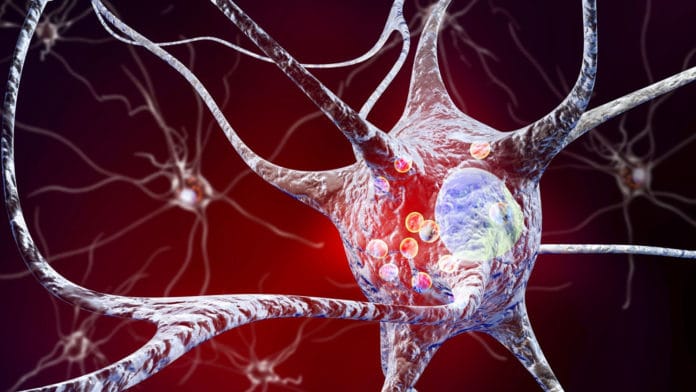KCNMA1-linked channelopathy is a rare movement disorder in which patients slump forward with their arms and legs appearing rigid. The symptoms are abnormal, involuntary movements from collapsing episodes. These episodes can occur up to 300 times per day, putting patients at risk of serious injury.
Currently, no one standard treatment or set of treatments is used in KCNMA1-related conditions. A new study by the University of Maryland School of Medicine (UMSOM) suggests a promising therapy for this disorder.
The study suggests that an attention deficit hyperactivity disorder (ADHD) medication may help treat symptoms of KCNMA1-linked channelopathy. The stimulant drug lisdexamfetamine reduced these attacks and may also help other accompanying symptoms, such as seizures and developmental delays.
Scientists noted, “The findings can help better understand different brain regions involved with the attacks and how the disease manifests itself. While this research shows promise of specifically treating KCNMA1-linked channelopathy, there are broader implications to exploring the treatment effects on the body, potentially shedding light on the mechanisms behind other neuromuscular diseases and how to treat them.”
Senior author Dr. Meredith, Professor of Physiology at the University of Maryland School of Medicine, said, “Sometimes the science doesn’t initially lead us to the answers. It is often the patients and families themselves.”
Scientists analyzed reports of six patients treated with lisdexamfetamine. They found that the collapsing episodes were reduced by about 10-fold or were completely resolved in four patients.
Most patients also showed improvements in speech, school performance, concentration, and social skills, all of which can affect patients with this disease. None of the patients experienced seizures during the study period. The most common side effect reported as a loss of appetite and difficulty sleeping.
Dr. Meredith said, “From the anecdotal reports we already had, we weren’t particularly surprised by these findings. But gathering the real-world evidence that the drug is working to treat the symptoms is important for clinicians who may prescribe the drug to officially diagnosed patients.”
It remains indistinct how lisdexamfetamine attempts to treat the attack. The gene impacted in disorder, KCNMA1, encodes a protein that makes a ‘channel’ in cerebrum and muscle cells. This channel lets potassium out of the cell to change its electric charge. Neurons in the brain send messages and advise the muscles to move to utilize these electrical signs. Yet, the specific way this channel interruption prompts the side effects experienced by the patients is obscure.
Dr. Meredith said, “However, the success of lisdexamfetamine treatment in the small group of patients may provide the answers. We have exciting mechanistic avenues to pursue as a result of this finding. We do know that the drug does not directly affect the activity of the channels, so we think the drug has either a separate or an indirect effect on the channels.”
Journal Reference:
- Sotirios Keros et al. Lisdexamfetamine Therapy in Paroxysmal Non-kinesigenic Dyskinesia Associated with the KCNMA1-N999S Variant. DOI: 10.1002/mdc3.13394
